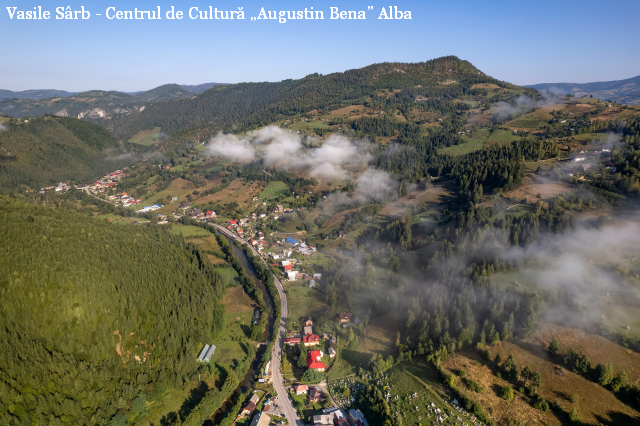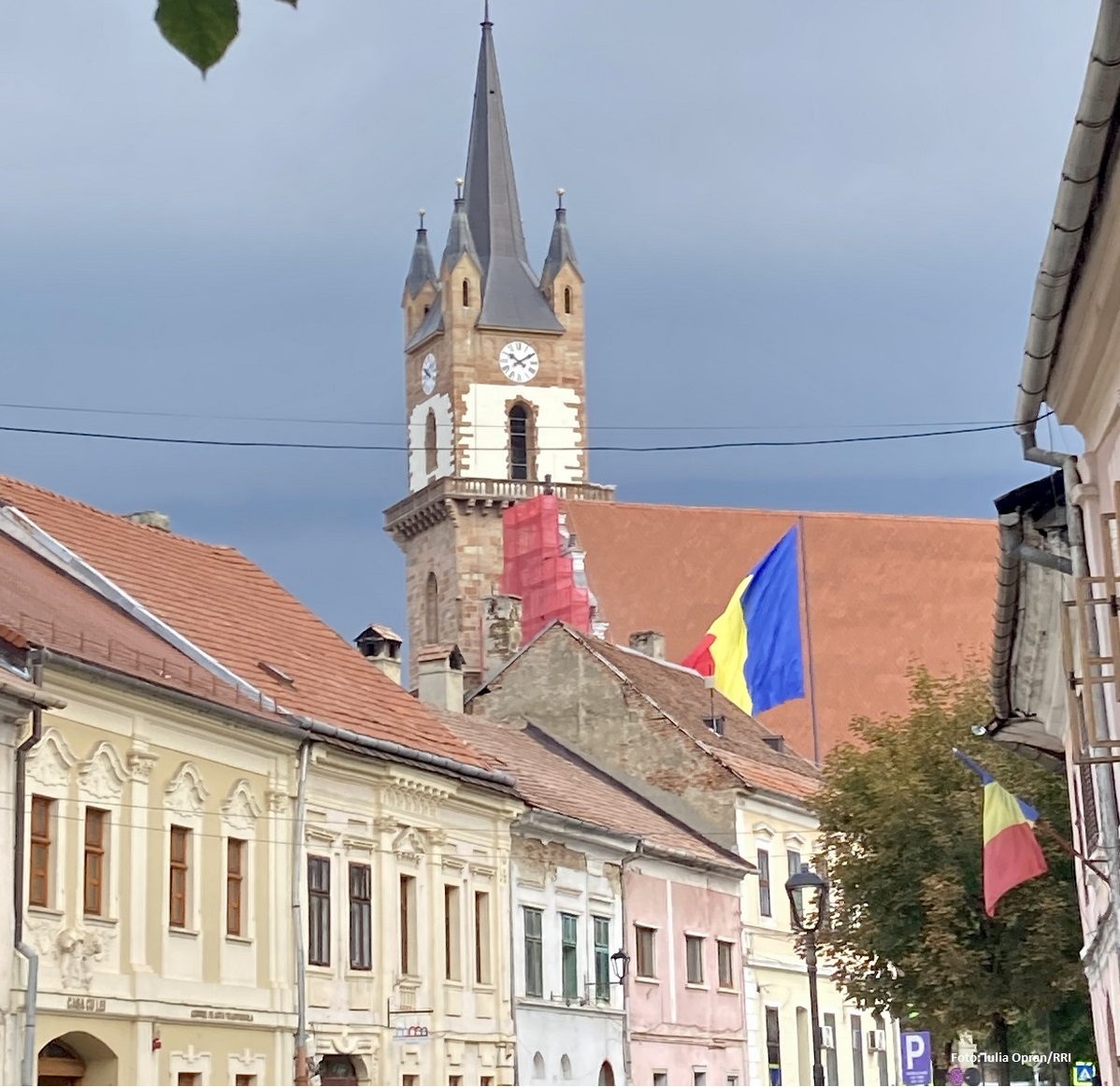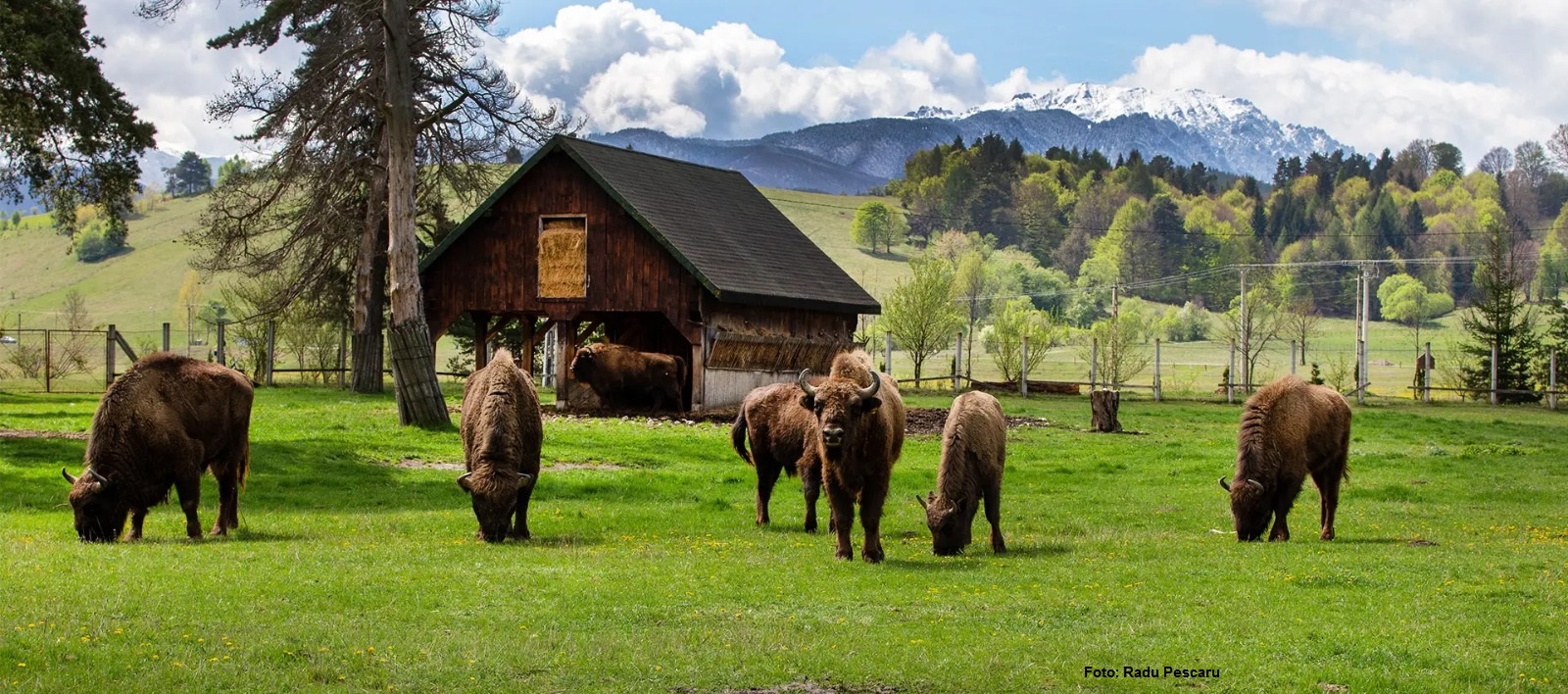Cultural and tourist routes in Alba County
Alba County has four certified tourist routes

Daniel Onea, 08.09.2022, 14:00
Alba County has four certified tourist routes whose aim is to promote cultural and historical sites. Created by the Alba County Council, these routes, namely the Icons Way, the Apuseni Transcultural Route, the National Unity Route and the Via Auraea Route, are recognised as regionally developed cultural and tourist routes and thus promoted by the Romanian ministry for tourism nationwide. Under the criteria for the recognition system, these routes must be designed in such a way as to include accommodation and food-serving facilities that comply with rigorous standards. They must also provide tourists with leisure facilities.
Daniel Lungu, the spokesman for the Augustin Bena Cultural Centre in Alba told us more about each of these routes and the attractions in the county: “The Icons Way is the best known among Romanian tourists, but also foreign, because it includes Alba Iulia, the other capital of the Romanians and the place where the beginning of modern Romania was written. This route implies visits to some of the most important and best-known religious sites in Alba County and the country, such as the Coronation Cathedral in Alba Iulia and Râmeț Monastery and other less known and equally spectacular sites. This is an important year for the Coronation Cathedral, which is also known as the Union Cathedral, because we are celebrating the 100th anniversary of the coronation of the first king and queen of greater Romania. The cathedral was built especially for that event, which took place in 1922. The Icons Way crosses the central part of Alba County and highlights the role played by faith in the lives of the Romanians in Transylvania and its contribution to the preservation of Romanian communities and to their artistic expression. The route also contains a visit to Museikon, a museum of icons and books.
Located in Transylvania, in western Romania, Apuseni Mountains dont stand out for their height, as their highest peak only goes up to 1,849 m, but for the many activities on offer, its spectacular natural sites and for being home to the only permanent community in Romania to live at an altitude of over 1,300 m in wooden houses built 200 years ago. The Apuseni Transcultural Route is aimed at promoting the cultural heritage and the attractions of the region.
Daniel Lungu, the spokesman for the Augustin Bena Cultural Centre in Alba explains: “For many, the Apuseni Mountains are the site of spectacular landscapes. They are located in the north-western part of Alba County, following two county roads. The Apuseni Mountains region, the Moți Country, is also known as the Switzerland of Romania. One of the villages here, Rimetea, preserves the traditions of the ethnic Hungarians living in the area. The specific architecture of the buildings is strictly respected. You can find here the traditional white houses specific to this ethnic group and you can also sample the traditional cuisine, such as goulash made in a cast iron pot, which is very popular among the tourists to this area. There are also many Romanian traditions in Apuseni. You might also discover the alphorn, which is ‘tulnic in Romanian, and which is jokingly called the mobile phone of the Moți people.
History aficionados can cross the National Unity Route and the Via Auraea Route, Daniel Lungu went on to say: The Route of National Unity 1848-1918-1922 covers about 150 kilometers in Alba County, which is recognized for many of the symbolic elements in Romania’s history. This route includes historical and legendary objectives that are related to significant historical events for both Romania and Alba County. The historical moments of 1848, 1918 and 1922 will be found along this route in the form of symbolic towns and monuments. On the other hand, the Via Aurea Route emphasizes the tradition of gold mining, and maybe your listeners have heard of Roșia Montană and of the gold-related legends in the area. Gold has been extracted in this area of the Apuseni Mountains since the time of the Roman Empire.
The Augustin Bena Cultural Center and the Alba County Council presented these routes in detail both on their own websites, culturaalba.ro and cjalba.ro, or on dedicated websites, such as transalpinadeapuseni.ro. There you will find all the information you need before you hit the road. Also on the website of the Augustin Bena Cultural Center in Alba, you will find an agenda full of events. The most recent one is an established fair dedicated to promoting the most beautiful rural destinations.
Daniel Lungu is back at the microphone: The Albac Tourism Fair, one of the longest-running events of its kind, is an event that promotes rural tourism and tries to attract people to discover the beauties of Romania. In Blaj, we have the ‘Autumn Riches, another important event. Also this autumn, if you arrive in the Alba Iulia area, you must stop for two days at the ‘Ziua de maine – ‘Tomorrow Folk Festival. We look forward to seeing you in Alba County, to travel the cultural-tourist routes we talked about, to discover new and beautiful places and, last but not least, to meet people who will make your stay very pleasant. We are also waiting for you to discover our cultural events, because you will discover authentic folklore and traditions and local gastronomy.
Hoping hat we have convinced you to visit Alba area, we invite you next week to a trip to the Danube Delta, a genuine natural paradise. (CM+LS)






























